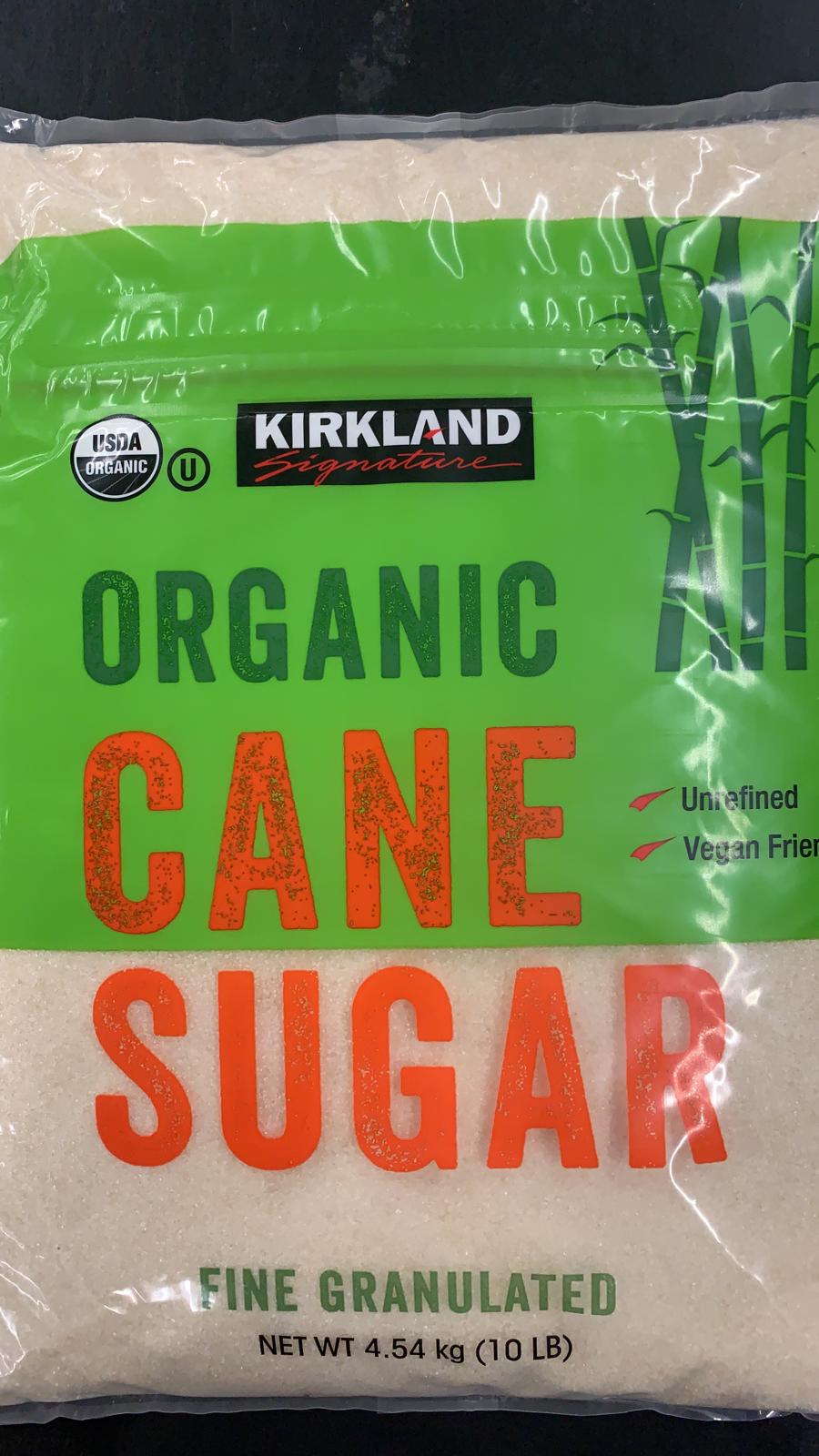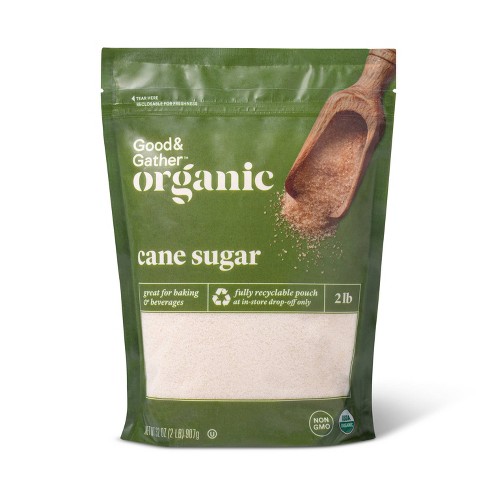Discovering the Comprehensive Steps Associated With Cane Sugar Handling From Gathering to Refinement
The procedure of walking stick sugar production includes a series of intricate actions, beginning with the mindful harvesting of sugarcane and culminating in the improvement stages that make certain the end product satisfies industry requirements. Each phase, from the extraction of juice to the purification and formation processes, plays a vital role in establishing the high quality and character of the sugar. Recognizing these stages not only highlights the intricacy of sugar manufacturing however also increases critical concerns about performance, sustainability, and development in the sector. What implications do these aspects have for future practices?
Harvesting Sugarcane
Gathering sugarcane is an important action in the walking cane sugar handling chain, as it directly influences the quality and yield of the last item. Correct timing and methods are crucial throughout this stage to ensure optimal sugar web content and reduce losses. Normally, sugarcane is harvested when it gets to maturation, typically 12 to 18 months after growing, defined by a high sucrose focus.

Post-harvest, the sugarcane has to be refined quickly to stop sucrose deterioration. Ideally, gathered cane should be transported to refining facilities within 24 hr to preserve sugar quality. Therefore, effective logistical preparation is important to preserve the integrity of the collected plant throughout the supply chain.
Extraction Process

The smashed walking cane goes through a series of pressing procedures to maximize juice recuperation. Typically, warm water is splashed onto the crushed cane, developing a countercurrent flow that helps liquify the sugar while additionally helping in the extraction procedure. The juice accumulated from this procedure includes not only sugar yet likewise various natural substances and contaminations.

To boost removal effectiveness, some facilities may utilize diffusion techniques, where the sugarcane is saturated in warm water, permitting the soluble sugars to diffuse right into the fluid. The resulting juice, rich in sucrose, is after that guided to succeeding processing stages, laying the foundation for purification and improvement. The extraction process is thus pivotal in identifying the high quality and return of the final sugar item.
Filtration Strategies
The filtration methods utilized in walking cane sugar processing are important for transforming the raw juice into a top quality sugar product. These methods mostly intend to eliminate pollutants, such as soil, plant materials, and not natural substances, which can adversely influence the end product's flavor and shade.
This process entails adding lime and warmth to the raw juice, which assists in the coagulation of pollutants. Furthermore, the use of phosphoric acid can boost the information process by additional binding pollutants.
An additional significant strategy is carbonatation, where carbon dioxide is presented to the cleared up juice. This response creates calcium carbonate, which records remaining contaminations and promotes their elimination.
Furthermore, turned on carbon treatment might be put on adsorb any continuing to be colorants and organic pollutants, ensuring a much more refined product. The combination of these approaches efficiently prepares the sugar juice for succeeding action in the refining procedure, setting the phase for the production of high-quality walking stick sugar.
Formation Techniques
After the purification phase, the following critical step in walking cane sugar processing entails condensation approaches, which play a pivotal function in changing the made clear juice into strong sugar. This process usually uses 2 primary techniques: spontaneous crystallization and regulated formation.
In spontaneous crystallization, supersaturated sugar services are enabled to cool down normally, causing the development of sugar crystals over time. This method is easier however might cause unequal crystal sizes and reduced pureness levels. On the other hand, regulated crystallization is a much more exact strategy where temperature, seeding, and concentration representatives are diligently taken care of. This approach permits the consistent development of sugar crystals and greater purity.
During crystallization, the clarified juice is concentrated via dissipation, boosting its sugar material until it reaches supersaturation. As soon as this factor is accomplished, either technique can facilitate the crystallization procedure. Cane Sugar Processing. The resultant sugar crystals are then separated from the continuing to be syrup via centrifugation
Eventually, the choice of crystallization method influences the high quality, size, and pureness of the last sugar product, making this action crucial in the general walking stick sugar processing treatment.
Refinement and Product Packaging
Just how can the purity and top quality of walking stick sugar be even more enhanced after condensation? The refinement procedure plays a vital role in attaining top notch walking stick sugar. Following condensation, sugar undergoes a comprehensive cleaning to eliminate contaminations and residual molasses. This is typically achieved using cozy water or steam, which assists dissolve and draw out unwanted aspects while preserving the sugar crystals.
Following, the sugar goes through a procedure called centrifugation, where it is rotated at broadband to separate the cleansed sugar crystals from the continuing to be liquid. After centrifugation, best site the sugar is commonly further fine-tuned with an approach called carbonization or phosphatation, which utilizes triggered carbon or phosphoric acid to remove color and off-flavors.
Once fine-tuned, the sugar is dried out to attain the desired wetness material, making certain that it remains steady during storage space and transport. The last action involves packaging the refined sugar in impermeable and moisture-proof containers to keep its quality and avoid contamination. Cane Sugar Processing. Appropriate packaging not just prolongs rack life yet additionally helps with easy handling and distribution, guaranteeing that consumers get sugar that satisfies the greatest requirements of pureness and quality
Verdict
The comprehensive steps involved in cane sugar processing, from the meticulous harvesting of sugarcane to the intricate refinement and product packaging phases, emphasize the value of each stage in making sure top notch sugar manufacturing. Optimum harvesting methods, effective extraction methods, and rigorous filtration procedures jointly add to the end product's purity and stability. The formation and succeeding product packaging practices even more boost the stability and rack life of the sugar, highlighting the complexity and precision integral in this necessary farming industry.
The procedure of walking cane sugar manufacturing encompasses a series of detailed steps, starting with the mindful harvesting of sugarcane and finishing in the refinement phases that make sure the last product Find Out More fulfills market standards. Preferably, gathered cane needs to be delivered to processing facilities within 24 hours to protect sugar quality.In spontaneous formation, supersaturated sugar options are allowed to cool down naturally, leading to the development of sugar crystals over time - Cane Sugar Processing. The improvement process plays an essential duty in achieving high-quality walking cane sugar.The extensive check out here actions involved in walking cane sugar processing, from the careful harvesting of sugarcane to the elaborate improvement and packaging phases, emphasize the importance of each stage in ensuring high-grade sugar manufacturing